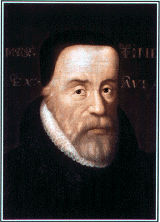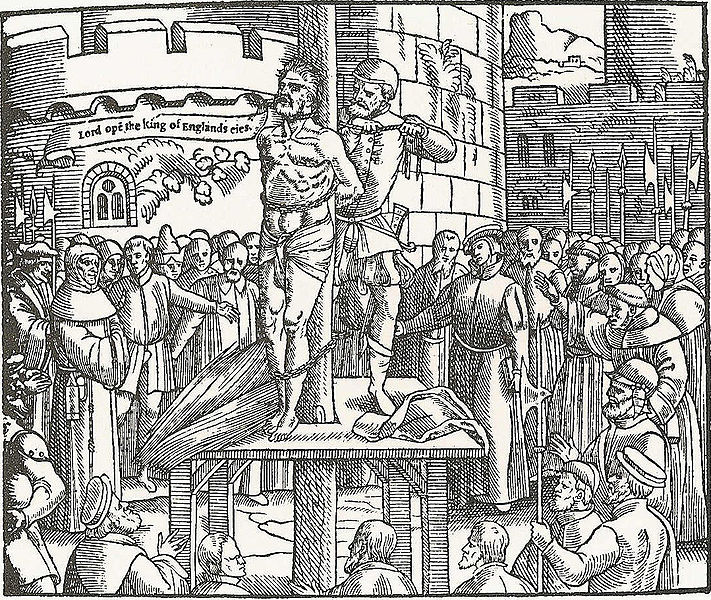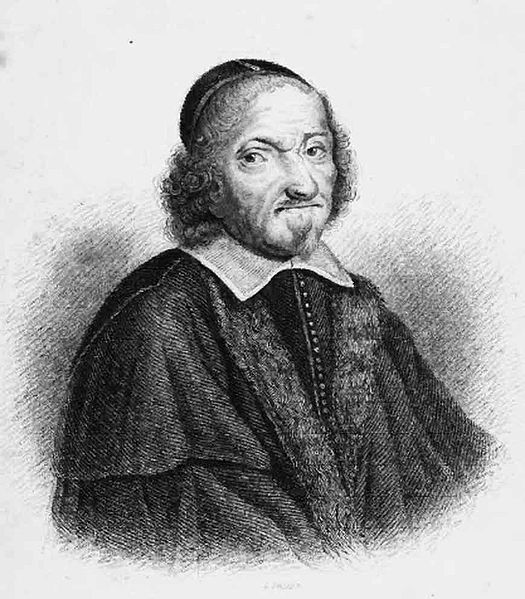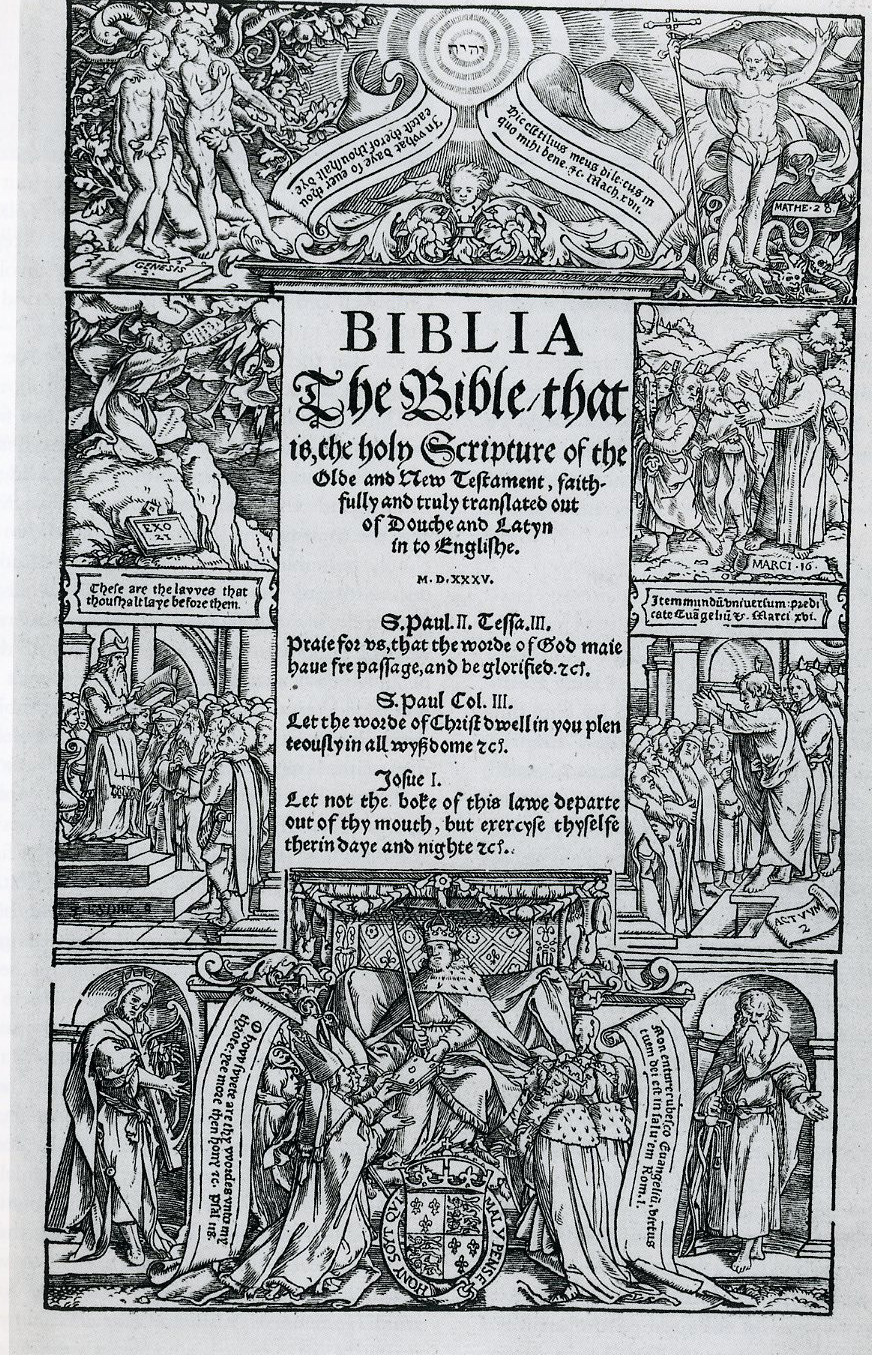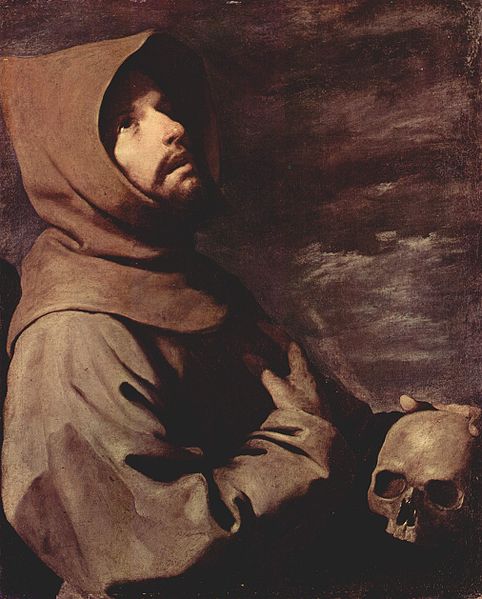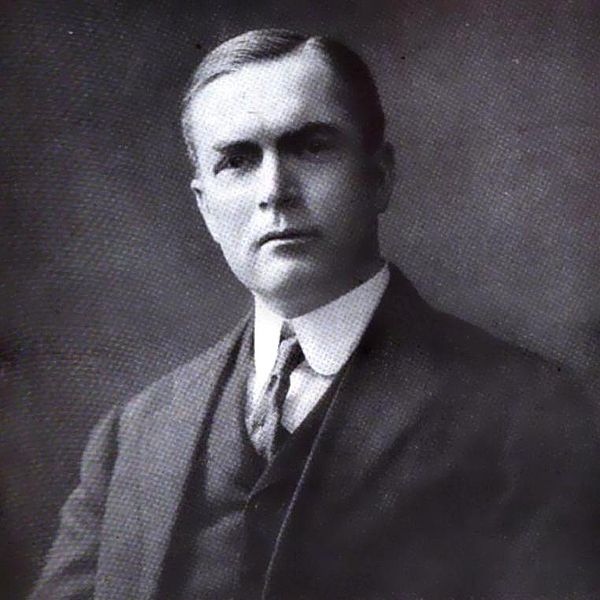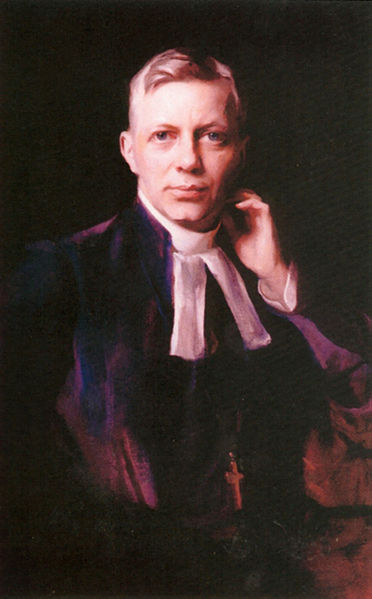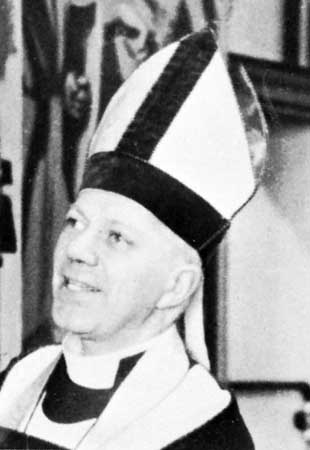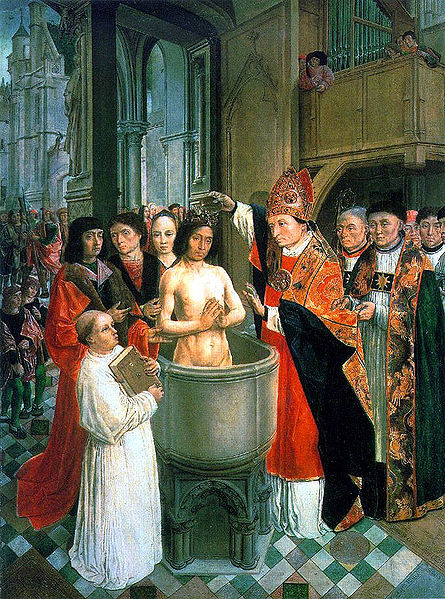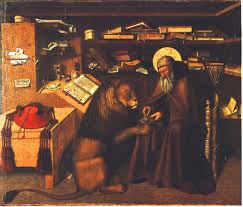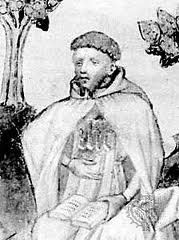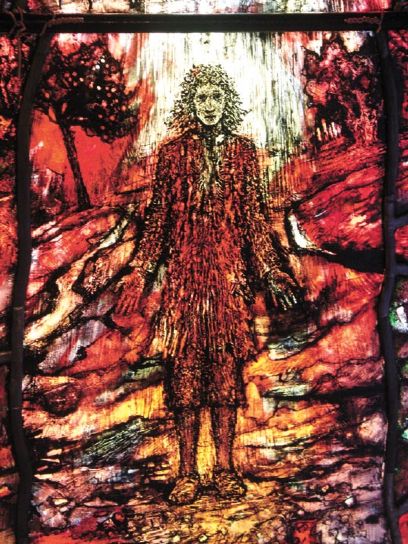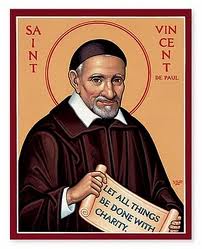Welcome to the Holy Women, Holy Men blog! We invite you to read about this commemoration, use the collect and lessons in prayer, whether individually or in corporate worship, and then tell us what you think. For more information about this project, click here.
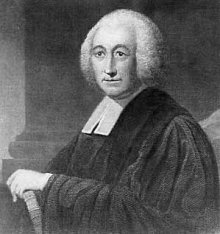
About this commemoration
Henry Melchior Muhlenberg is regarded as the patriarch of Lutheranism in North America.
Muhlenberg, born near Hannover, Germany, in 1711, received his education in Göttingen and Halle before immigrating to the American colonies in 1742. Lutherans came to the colonies from a variety of regional and ethnic backgrounds and tended to build churches wherever they settled, sometimes with Lutherans of different origins settling in closer proximity to each other. There was little organization among these disparate groups until the arrival of Muhlenberg.
Upon his arrival, Muhlenberg visited Lutherans in coastal Carolina and Georgia before making his way to Philadelphia. With enormous energy and unflagging patience, Muhlenberg began to call together the Lutherans, first the Germans, then the Swedes, until the formation of the first Lutheran synod in America in 1748, the Ministerium of Pennsylvania. At the inaugural synod, Muhlenberg offered a common liturgy for use among Lutherans. The liturgy was adopted and became the essential element in unifying the Lutherans in America for several generations. Muhlenberg’s axiom, “one book, one church,” has been a benchmark for liturgical revision among North American Lutherans to the present day.
Muhlenberg also recognized the pastoral challenges of organizing a new church in the new world. In the old countries, the church was closely allied with the state. Taxes to support of the churches were collected by the state and Christian education was part of the curriculum in every school. In the new world, the churches were to be voluntary, self-supporting associations and education in matters of Christian faith was to be the concern of church and home.
Muhlenberg’s family played prominent roles in the birth of the new nation. One of his sons served as a brigadier general in the Revolution while another was a member of the Continental Congress and later the first speaker of the House of Representatives. His great-grandson, William Augustus Muhlenberg, was a priest who shaped the Episcopal Church in the mid-nineteenth century (see April 8).
Henry Melchior Muhlenberg died on October 7, 1787.
Collects
I Loving God, Shepherd of thy people, we offer thanks for the ministry of Henry Melchior Muhlenberg, who left his native land to care for the German and Scandinavian pioneers in North America; and we pray that, following the teaching and example of his life, we may grow into the full stature of Christ; who liveth and reigneth with thee and the Holy Spirit, one God, for ever and ever. Amen.
II Loving God, Shepherd of your people, we thank you for the ministry of Henry Melchior Muhlenberg, who left his native land to care for the German and Scandinavian pioneers in North America; and we pray that, following the teaching and example of his life, we may grow into the full stature of Christ; who lives and reigns with you and the Holy Spirit, one God, for ever and ever. Amen.
Psalm 111
Lessons: Isaiah 60:1–5, Galatians 5:22–6:10, and Matthew 18:15–20
Preface of a Saint (2)
From Holy, Women, Holy Men: Celebrating the Saints © 2010 by The Church Pension Fund. Used by permission.
Also of interest
As his great-grandson, Henry Melchior Muhlenberg (commemorated on April 8), served as an Episcopal priest, here are our contemporary guidelines for the ecumenical ties in this one family.
http://www.episcopalchurch.org/documents/oepp.pdf
Muhlenberg College is named for this patriarch of Lutheranism in America.
We invite your reflections about this commemoration and its suitability for the official calendar and worship of The Episcopal Church. How did this person’s life witness to the Gospel? How does this person inspire us in Christian life today?
If you’d like to participate in the official online trial use survey, click here. For more information about the survey, click here.
To post a comment, your first and last name and email address are required. Your name will be published; your email address will not. The first time you post, a moderator will need to approve your submission; after that, your comments will appear automatically.
